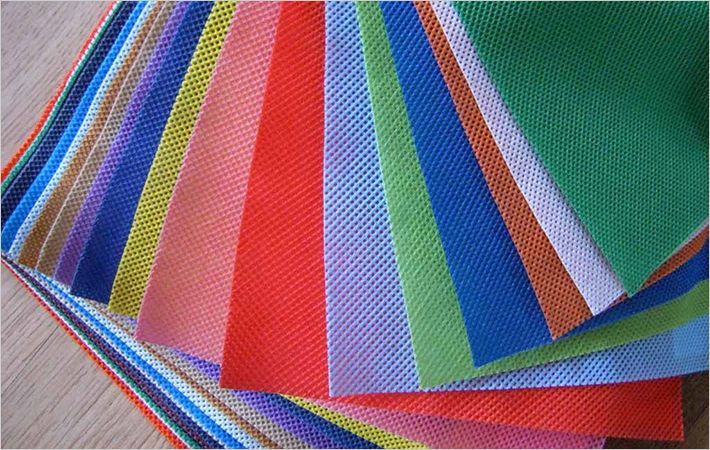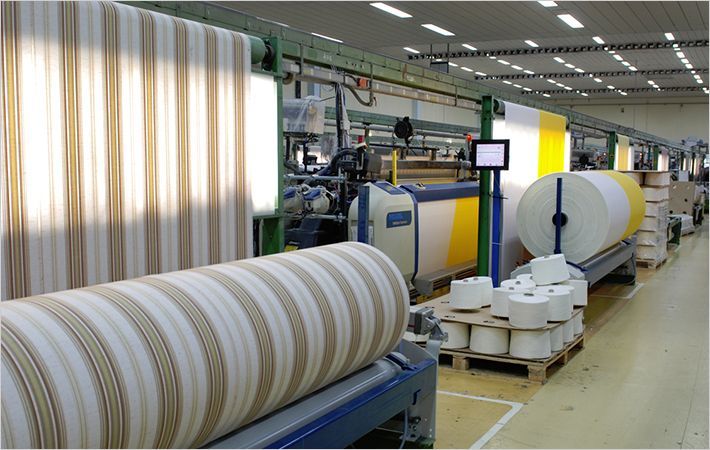Increasingly, metals in cars and airplanes are being replaced by fiber-reinforced plastics. Producing these materials using tape laying offers several advantages. Scientists are now working on readying this technology for use in series production.
New approaches are needed for vehicle construction. While vehicles to date have mostly been built using metals such as aluminum and steel, the approaching era of electromobility will require light-weight construction. That means that new materials must be found. Fiber-reinforced plastics offer significant potential. These are fibers that are impregnated with a plastic matrix and are utilized as composite materials. These materials offer a rigidity similar to that of metals.Increasingly, metals in cars and airplanes are being replaced by fiber-reinforced plastics. Producing these materials using tape laying offers several advantages. Scientists are now working on #
In conventional processes, the patterns that are necessary for the component are cut from textile semi-finished goods – predominantly from woven materials. This process is often wasteful, generating clippings of the valuable reinforcement material. One alternative is tape laying.
Tapes are uni-directional continuous fibers that are impregnated with a matrix and spooled onto a roll like a tape. These rolls are inserted into a tape laying machine, and a depositing unit places them into the desired geometry. This makes it possible to produce precisely fitting continuous-fiber structures with no or nearly no waste due to clippings. This process is still too slow, however, for high-volume component series such as those needed by automobile manufacturers for compact-class models.
Scientists at the Fraunhofer Institute for Chemical Technology ICT in Pfinztal, together with their colleagues from the Augsburg ICT Project Group, plan to bring tape laying a lot closer to series production. The two systems used by the scientists are products made by the Coriolis and Fiberforge companies.
“We are developing further process-control technology around these systems,“ says Benjamin Hangs, a scientist at the ICT. “This includes, on the one hand, optimizing the systems in cooperation with the companies, and on the other hand, continuing to develop the process chain. It comprises fiber placement, reforming, functionalization and post-processing.
For example, we are developing new material formulae, optimizing production parameters and developing prototypes.“ In doing so, the scientists dedicate themselves, among other things, to questions such as the best methods for producing various components, the process requirements involved and the quality standards that must be met. “We have already gained a wide range of knowledge that can help to further advance the process toward medium- and high-volume production and have produced a demonstrator,“ says Hangs.
Automotive manufacturers and the aerospace industry are very willing to take the next step here because, in addition to lower wastage, tape laying offers added benefits over semi-finished textile products. During the tape laying process the orientation of the fibers can be controlled as needed.
The fibers can be oriented so that they can absorb a maximum of the stresses to which they are subjected. By contrast, in the case of semi-finished textiles combinations of angles of 0 and 90 degrees are predominantly used instead. Tape laying therefore enables the material to be used more efficiently. Since it is even sturdier as a composite, thinner material layers outperform semi-finished textiles.
Fraunhofer

